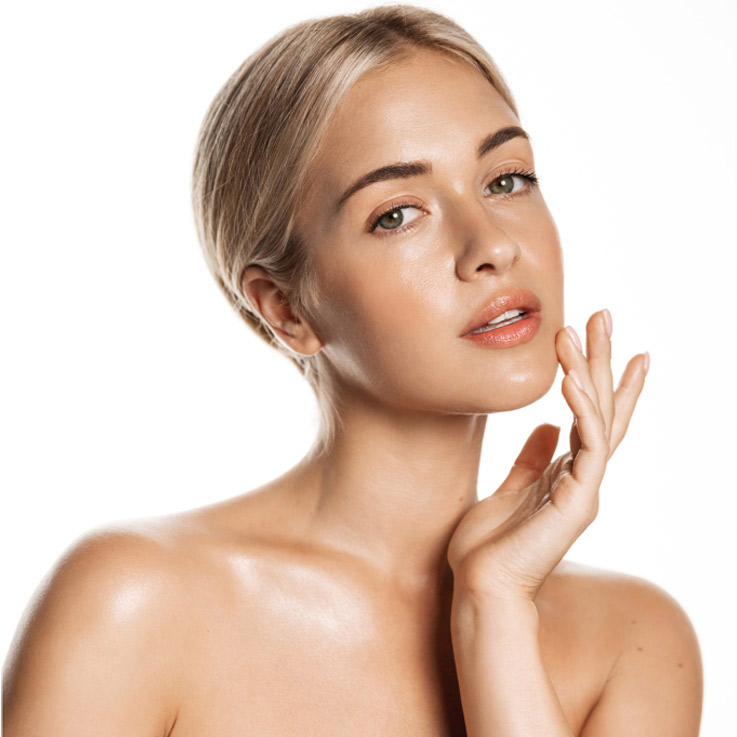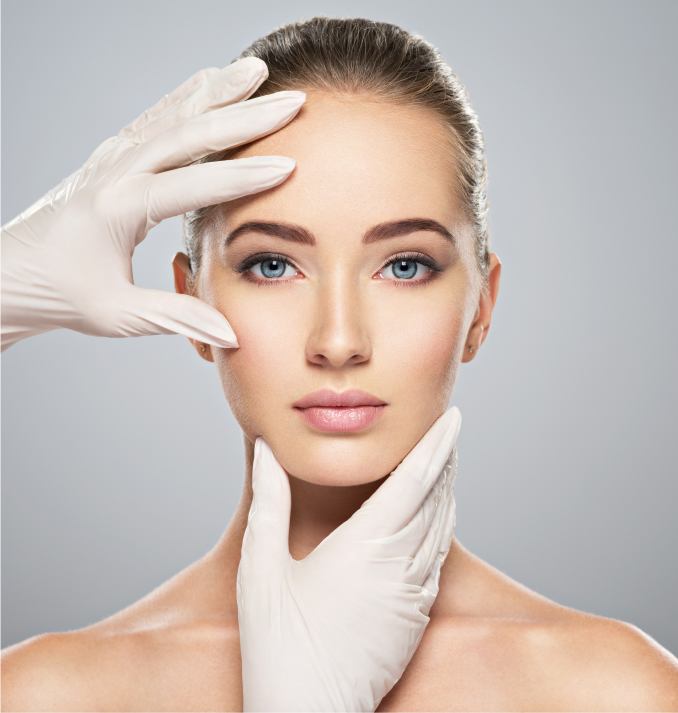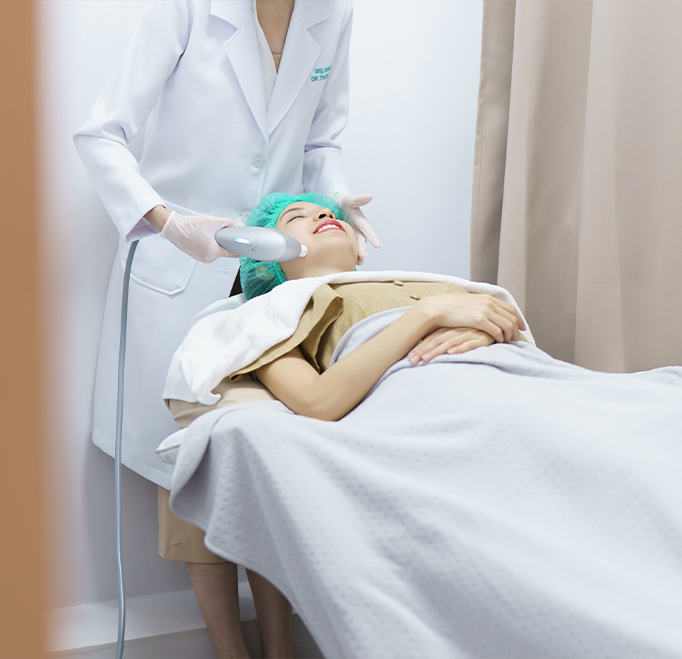The color of the skin is formed by the pigment melanin released from cells called melanocytes. Drugs, diseases, cosmetics and ultraviolet cause staining on the skin by increasing melanocyte functions. Melasma is a skin condition that appears as brown spots on the face in adults. The most common areas of involvement are cheeks, nose bridge, forehead and upper lip. Ultraviolet light from the sun is the most important factor that stimulates pigment-producing cells (melanocytes) and causes melasma.
What can be done to prevent stains in the summer season?
Sunscreens are the most important step in spot treatment. Broad-spectrum SPF 30 and above sunscreens that protect against UVA and UVB rays from the sun should be preferred. Sunscreens specially developed for stains should be preferred.
Sunscreens should be reapplied every 2-3 hours. It should be noted that while sitting in the car, near the windows and on the balcony, a significant amount of ultraviolet radiation is also received by the computer screen and fluorescent.
Any facial cleansers, creams or make-up products that irritate the skin should not be used. Facial epilation and waxing should not be done.
Chemical peeling, dermabrasion and laser applications should be suspended during the summer period.
Stain products, which are ideal for summer use, should be preferred.
Taking oral vitamins containing Vitamin C, Vitamin E, beta carotene, grape seed extract and green tea extract helps in preventing the formation of stains.
The use of hats and glasses should not be forgotten.
 Institutional
Institutional
 Clinical Dermatology
Clinical Dermatology
Acne / Atopic Dermatitis / Skin Dryness / Skin Cancers / Eczema / Genital Wart / Lichen Planus / Fungal Diseases / Molluscum Contagiosum / Psoriasis Vulgaris (Psoriasis) / Rosacea (Percent Rose Disease) / Hair Loss / Seborrheic Dermatitis / Wart / Pale / Vitiligo / Shingles /
 Cosmetic Dermatology
Cosmetic Dermatology
Fotona SmoothEye / Scarlet X / Botox / Dermapen / Filling / Excessive Sweating (Hyperhidrosis) / Aqua Peel 2.0 / Carbon Peeling / Chemical Peel / Spot Treatment / Mesotherapy / PRP / Ultraformer 3 / Cosmelan / Dermamelan / Observe / Regenera Activa / Fotona SP DYNAMIS / Body Shaping / Magellan Tru PRP / Nd:YAG Laser Hair Removal / Alexandrite Laser Hair Removal / Baby Face Ultra/LaseMD Ultra / Tricopat /
 Pediatric Dermatology
Pediatric Dermatology
Diaper Eczema / Herpes Infection / Impetigo / Keratosis / Molluscum Contagiosum / Pediatric Acne / Wart Child / Vitiligo Child / Hair Loss / Hydrafacial 2 / Fotona SP DYNAMIS /
 Blog
Blog
 Communication
Communication










